Beachcombing at Pass-A-Grille, Florida
Birds

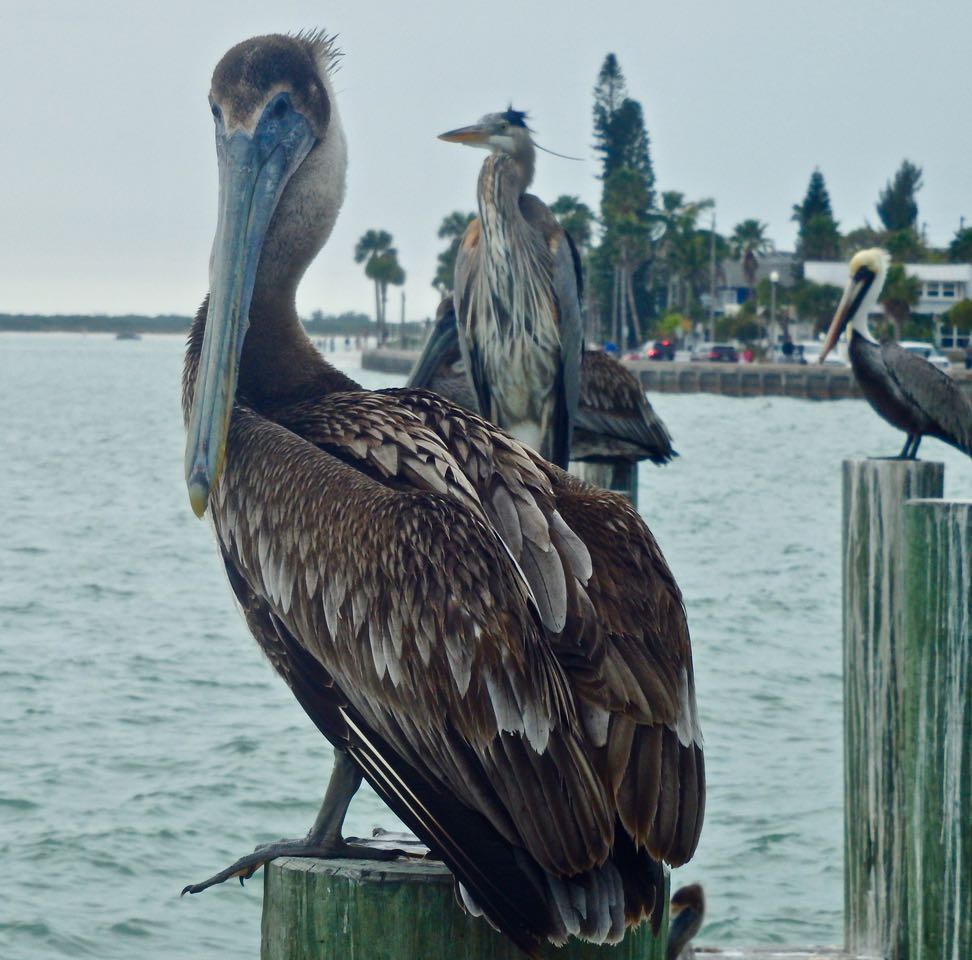
The photographs in this post were taken on the beaches near Pass-A-Grille, Shell Key and St. Pete, Florida. The ocean that meet the sands is teaming with wild life, such as dolphins (300 call the area home) and a few manatees; however, this post shares the magnificent beach life that I stumbled upon as I explored the West Florida Coast Peninsula along the Gulf of Mexico.
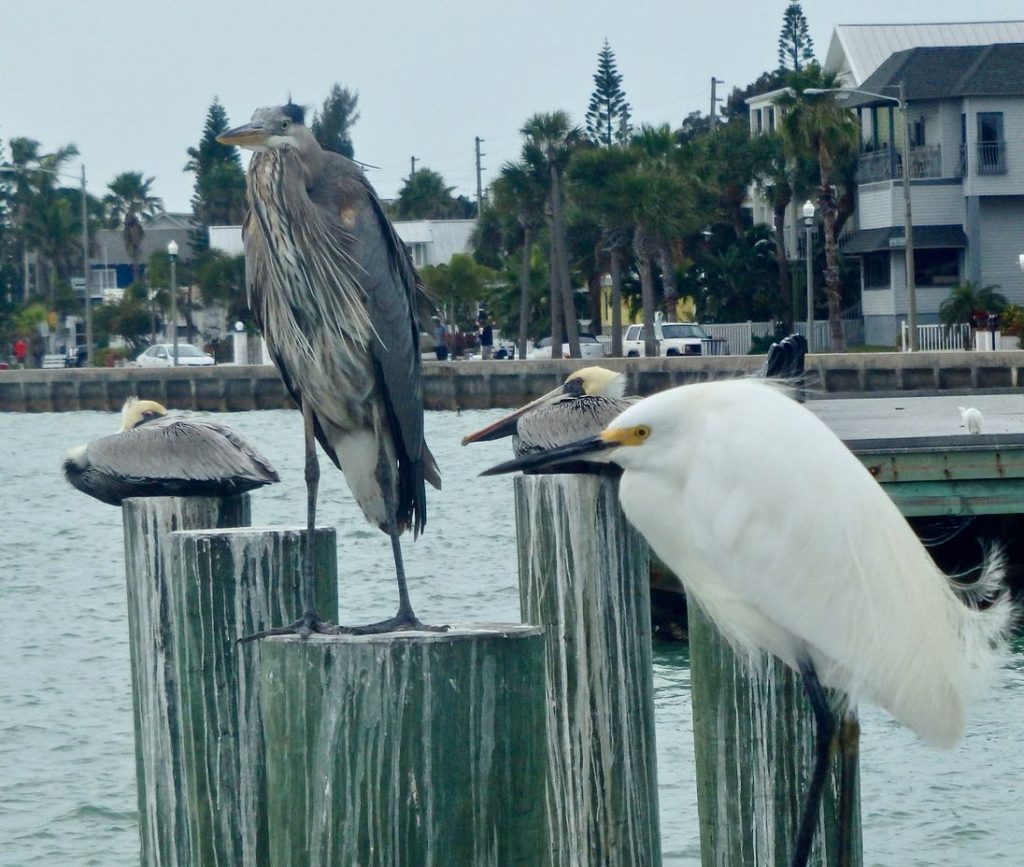
As I wandered through the coastal area and historic town of Pass-A-Grille, I imagined what wild Florida must have been like before Europeans first reached its shores.
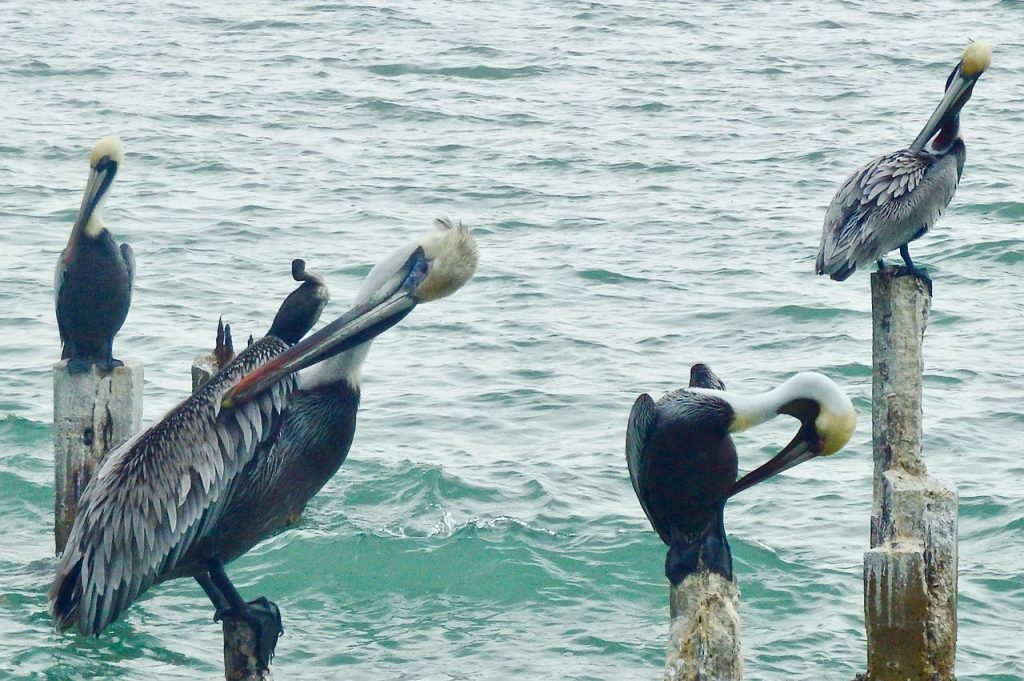
The last aboriginal inhabitants were the Tocobagas First Nations, who lived in the area from 1000 AD-1700 AD. The first Europeans to discover the area were the Spanish, in the early sixteenth century. The first homesteaders arrived in 1886. However, long before human feet walked these shores, Floridian wild life has called this tropical splendour home.
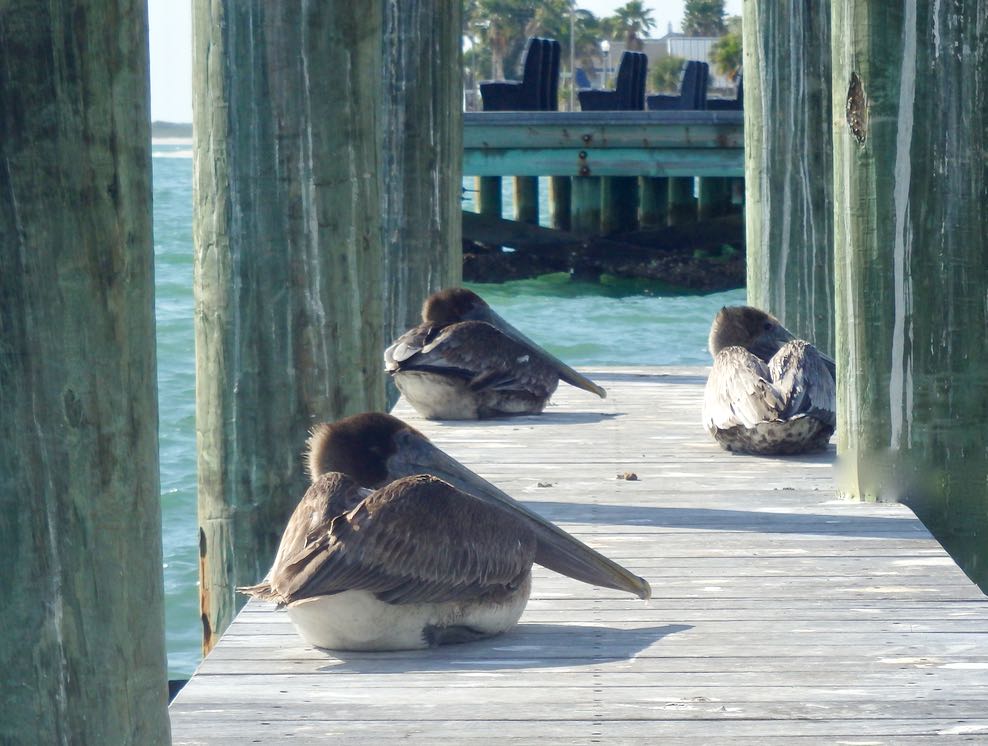
Today, Pass-A-Grill is a pastoral town that is a pleasant reminder of the Florida from days gone by. It is a breath of fresh air after navigating the urban sprawl that strangulates most of the West Coast of Florida. A few steps north of Passe-A-Grill, it is easy to become overwhelmed by the crowds of people and consumer greed that chokes out the wilderness and invades the glorious, narrow, sandy shores.
Sea
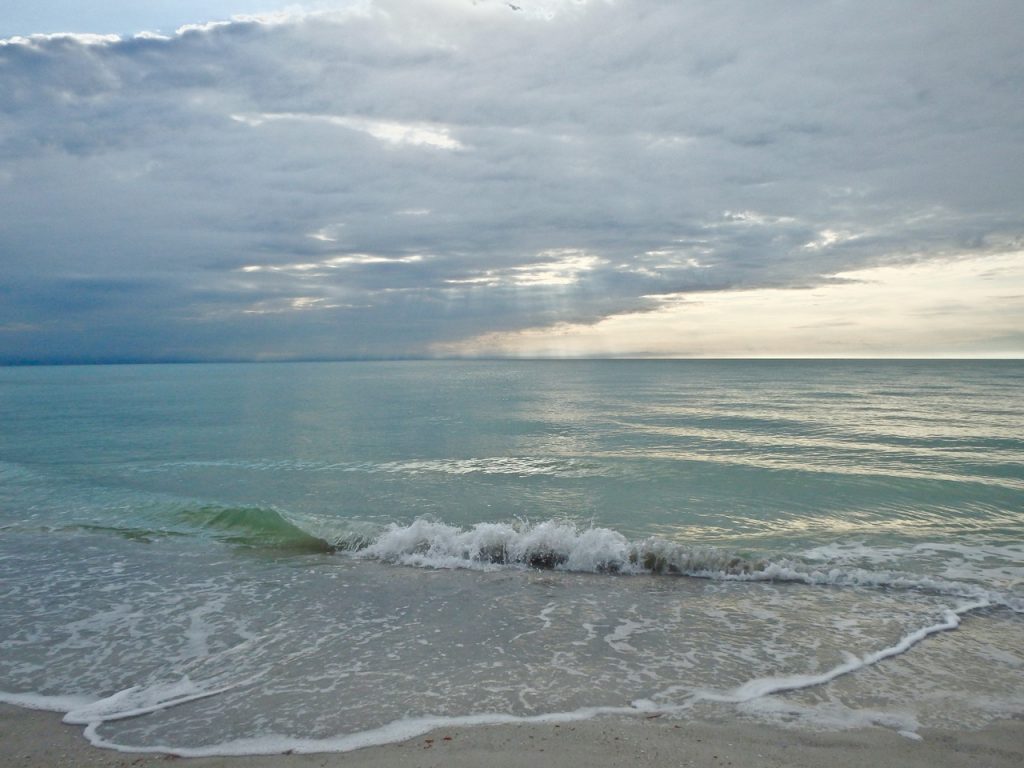
The tranquil colour palette of pale sand beaches, turquoise ocean, and big sky with brilliant sunsets are complimented by the gentle sounds of waves lapping the beach, and the call of waterbirds.
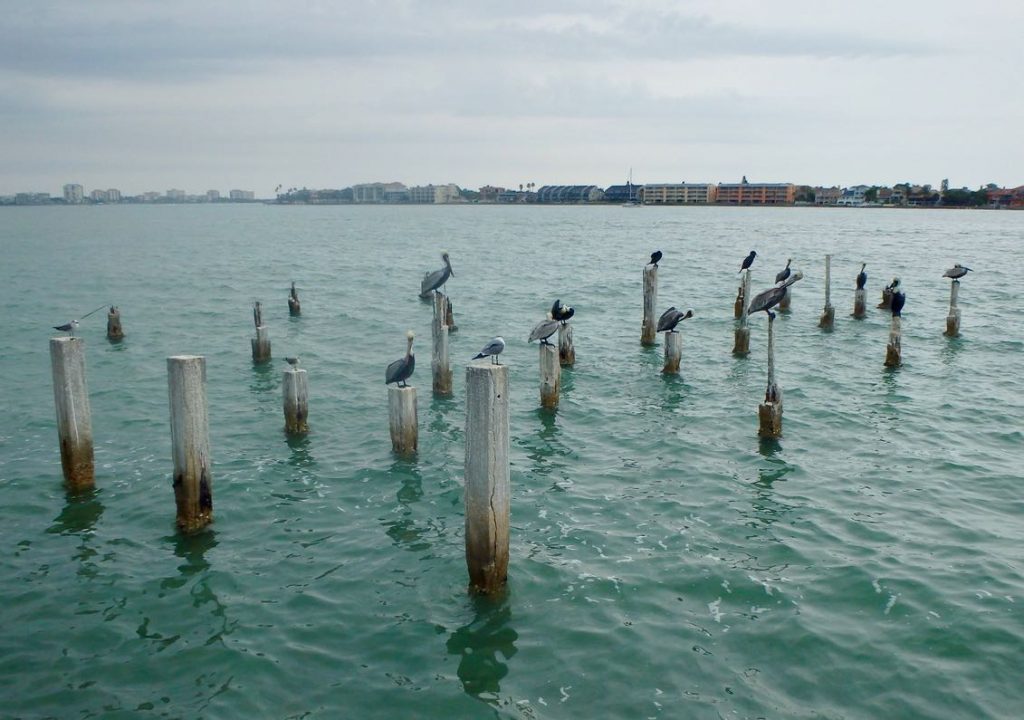
I fell in love with the vast variety of seabirds. I could watch them all day long. Together, perched on various dockside constructions, they formed living sculptures of such stunning aesthetic qualities, I could hardly tear myself away.
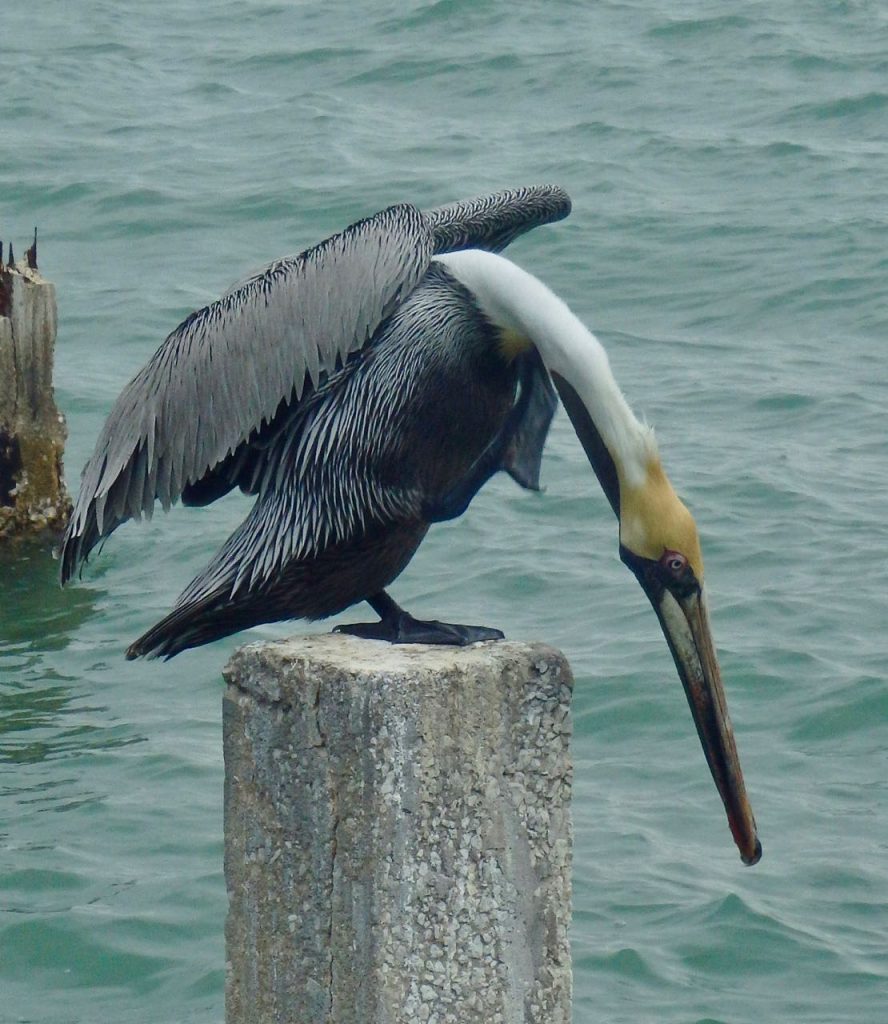
Above: Brown Pelican/ Below: Great Egret
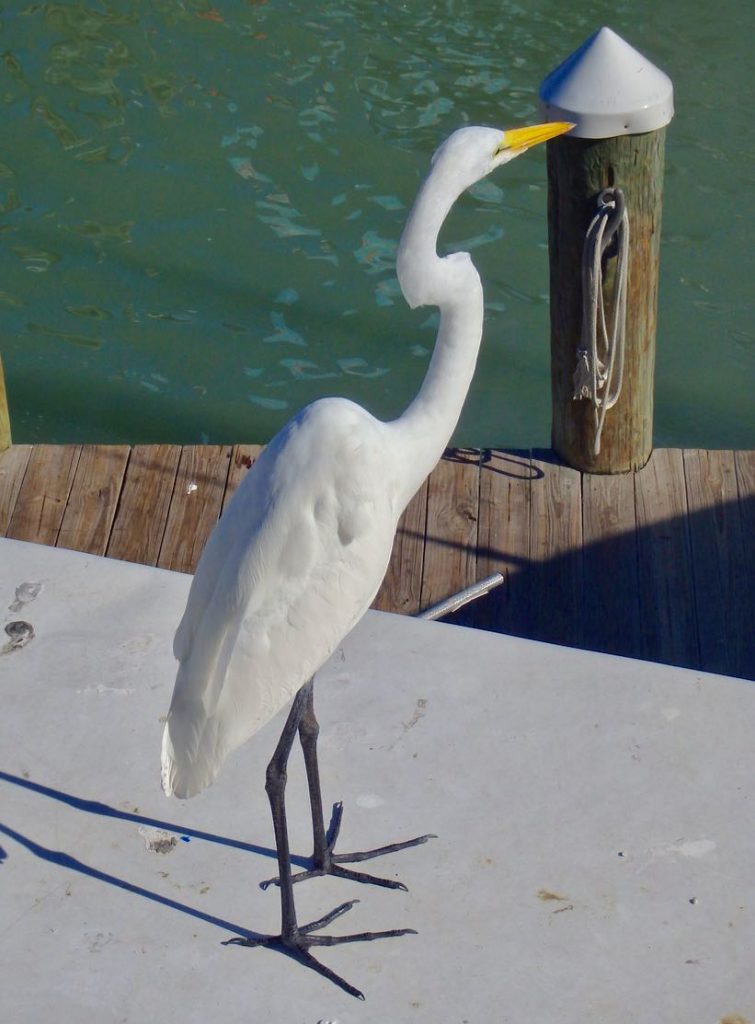
The sandpipers along the shore form clusters of fascinating social networks. Tiny birds follow larger birds and together they form unique flocks made up of several species of birds.
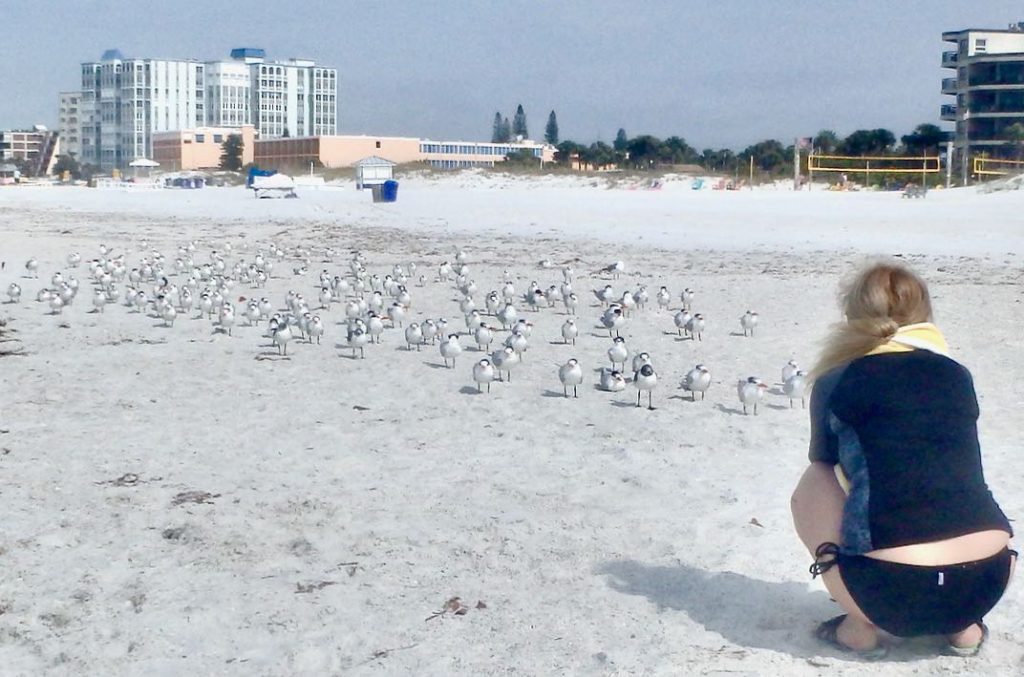
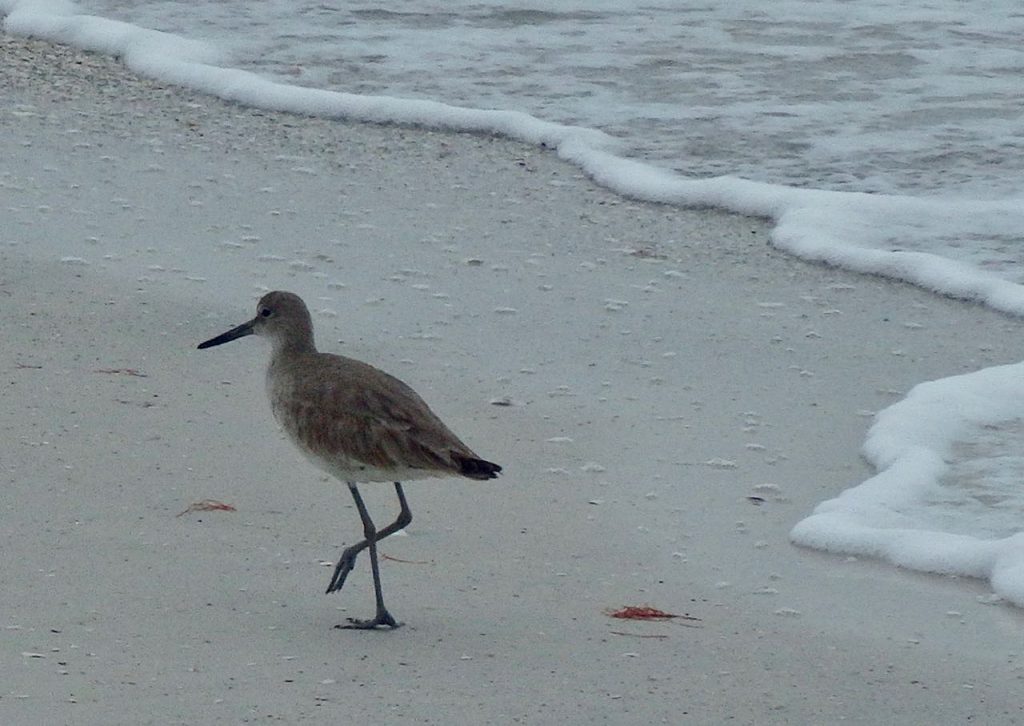
Above: Willet / Below: Sanderlings (these little seabirds like to hang out with the much larger Royal Terns).
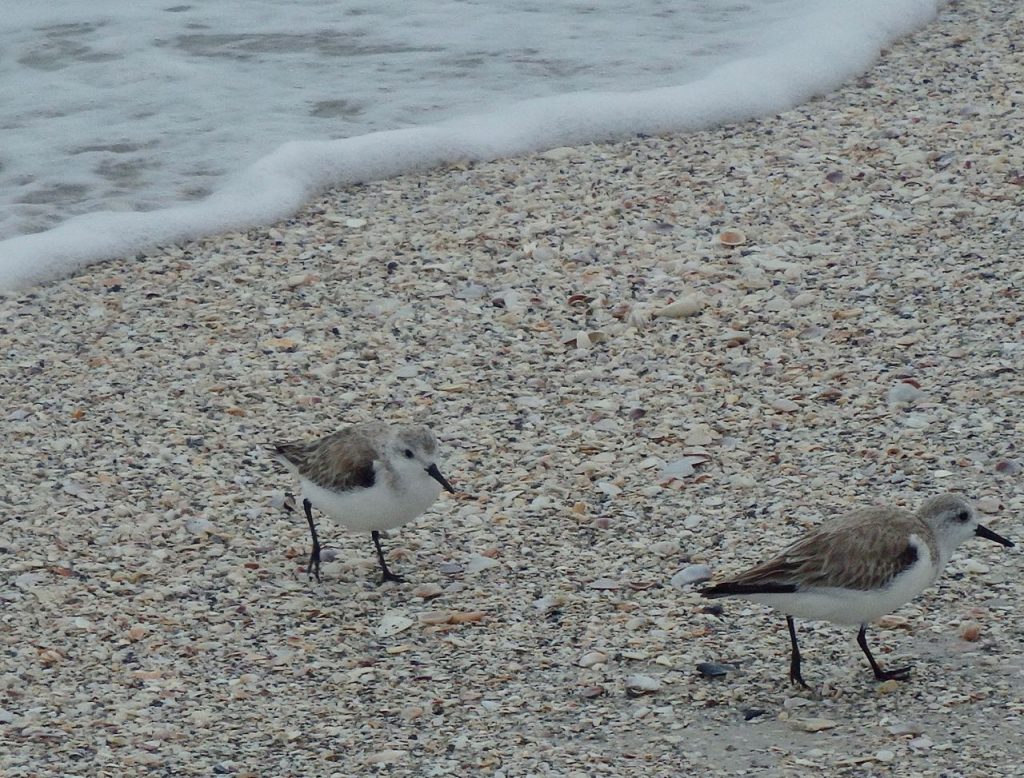
The sandy shores also captivated my imagination. The shelling was unbelievable! At one point, I stopped on the beach and told Peter that he could go on without me as I had to stop for a long while in one spot on the shore; it was as though a pirate’s treasure had washed up along the beach—there were shells upon shells, feet deep! I felt like a kid in a candy store and nothing could coax me to move on without thoroughly examining as many shells as possible.
Beachcombing (Shelling)
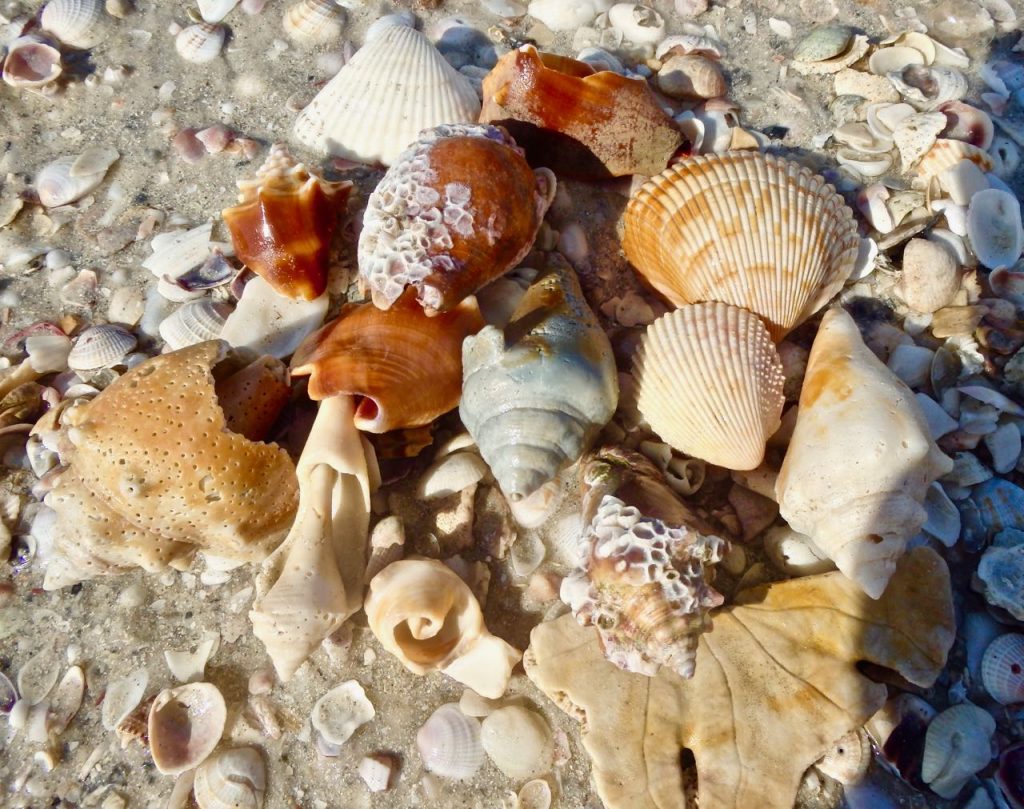 Above: a pirate’s bounty of shells!
Above: a pirate’s bounty of shells!

Above: fresh, brilliantly coloured fire coral on the beach
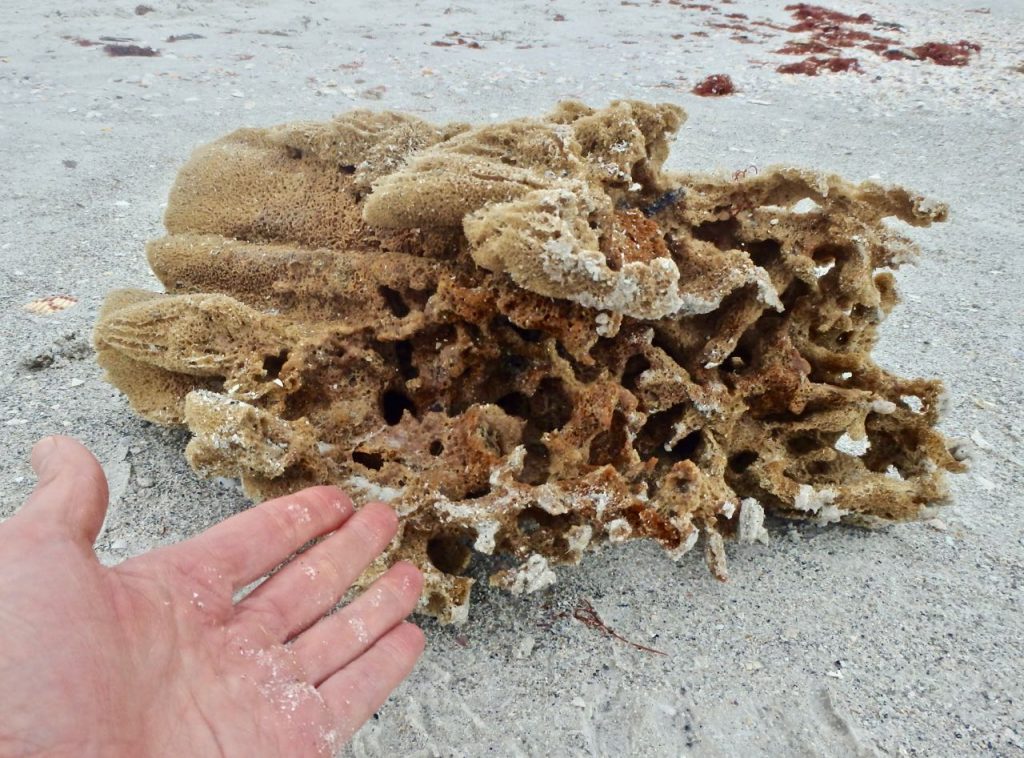 Above: sea sponge /Below: eggs from a Florida crown conch
Above: sea sponge /Below: eggs from a Florida crown conch
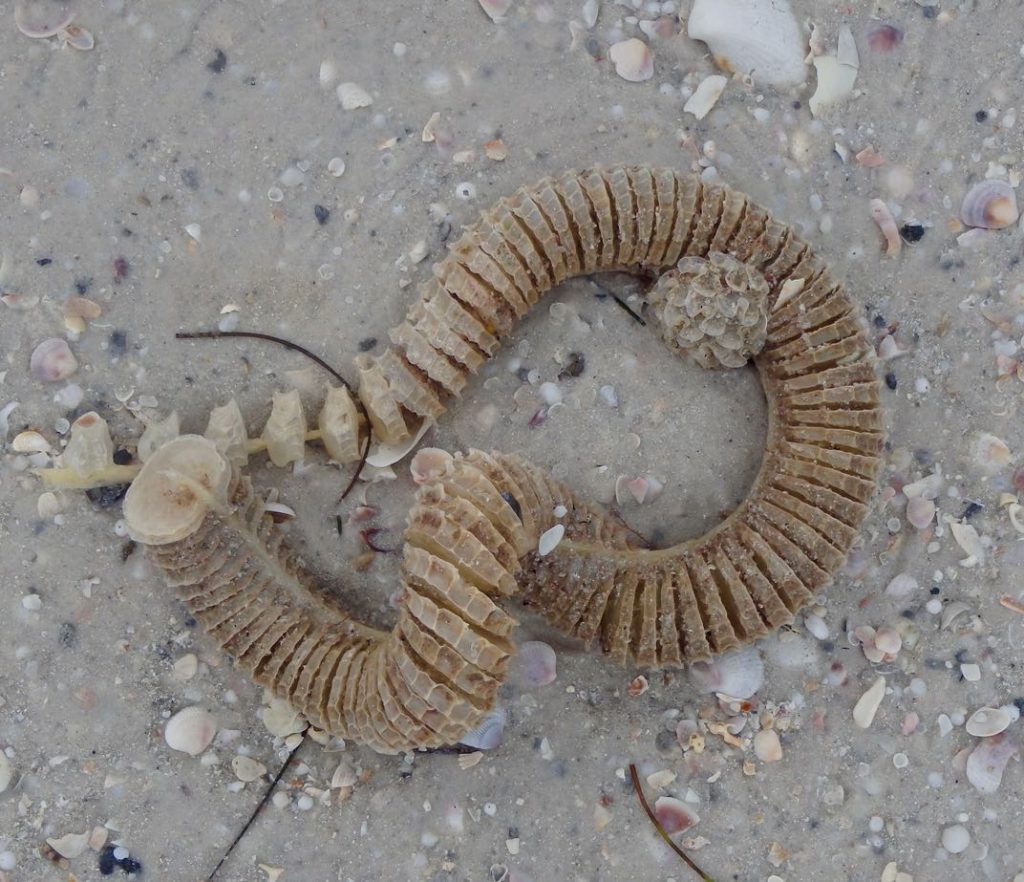
I hope you’ve enjoyed beachcombing in Florida with me.
One day soon, may humans move to more sustainable living villages and at least half of the Florida Coast be given back to these glorious creatures.
*historical information source:http://visitpassagrille.com/history/
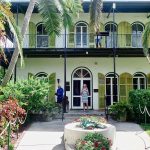
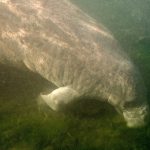
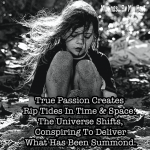
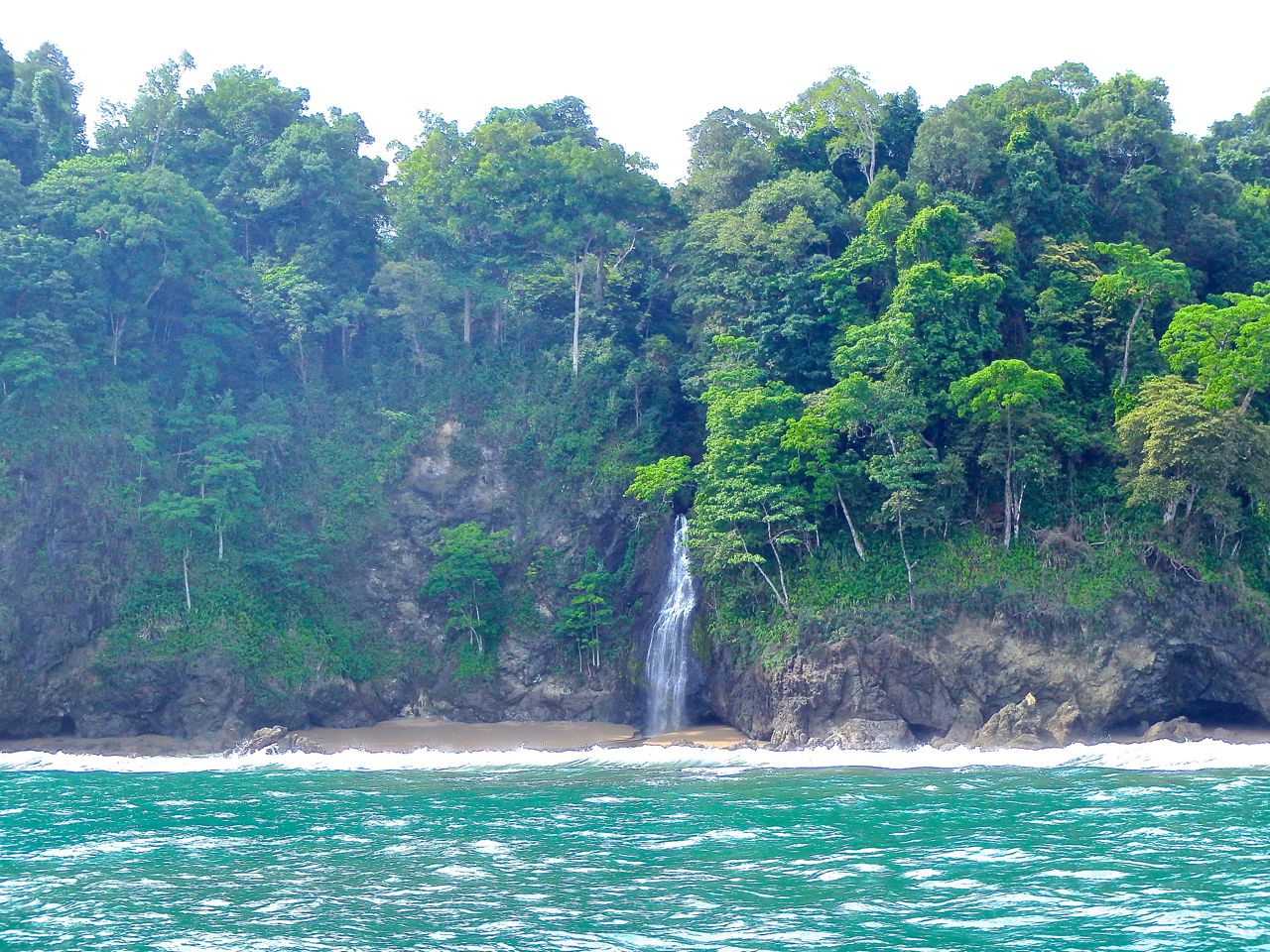

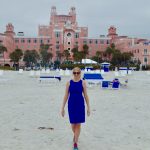

Leave a Reply